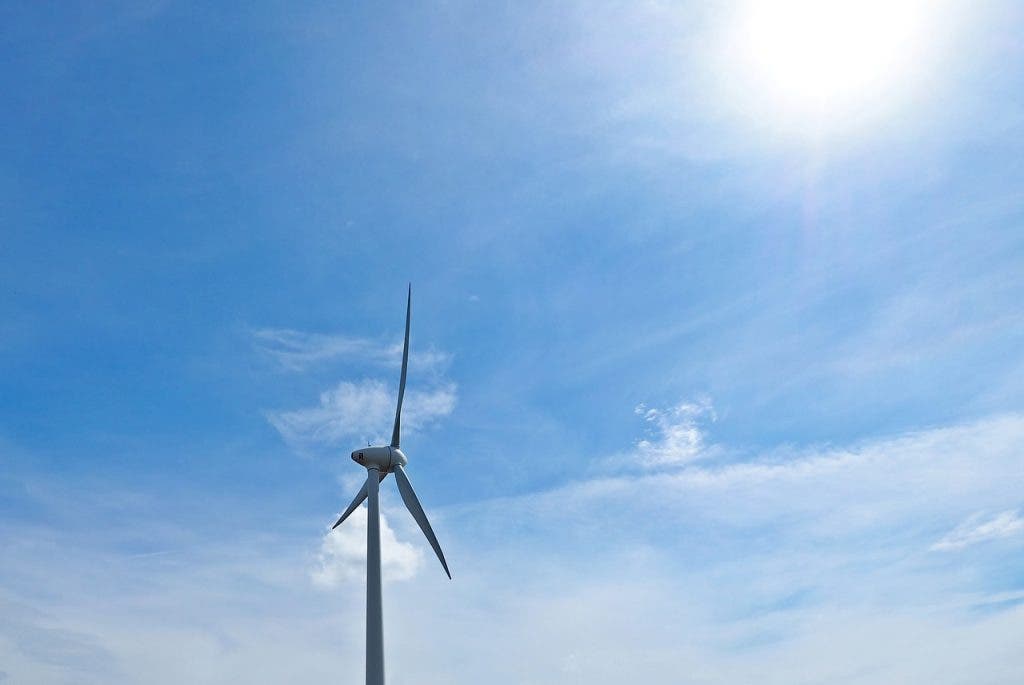On May 8, Germany generated a record high amount of renewable energy. Solar, wind, hydro and biomass plants together generated 55 GW of power or 87% of the demand thanks to unusually good winds and sunny conditions. This caused the grid to peak, so gas plants had to be shutdown being the easiest to turn off. The sudden influx of energy on the market also meant electricity was traded at a negative value, meaning people were paid to use it.

Last year was a very good one for renewable energy in Germany. In yet another record, one-third of Germany’s electricity demand was delivered by renewable energy, with onshore wind and solar PV leading the charge. The ultimate goal for the country is to transition to 100 percent renewable energy by 2050, part of the so-called Energiewende plan.
For 2015, onshore wind accounted for the largest source of renewable electricity supply, producing 77.9 TWh, followed by biomass (49.9 TWh), solar PV (38.5 TWh), hydro (19.5 TWh), and offshore wind (8.1 TWh).
Last Sunday, though, a lot more renewable energy than the infrastructure was used to was generated. Due to the weather conditions, total capacity of PV installations in use in the country reached 26.11 GW while wind power plants produced 20.83 GW, Agora Energiewende says.
Too much renewable for their own good, it seems. Industrial users were paid up to 13 euro cents per kilowatt hour for a couple of hours until the surge was over.
“We have a greater share of renewable energy every year,” said Christoph Podewils of Agora for Quartz. “The power system adapted to this quite nicely. This day shows again that a system with large amounts of renewable energy works fine.”
Elsewhere in Denmark, this sort of thing happens all the time. There are many days when wind turbines go overboard and produce a lot of energy. The Danes aren’t very worried, as they export this energy to Norway, Sweden and Germany at a profit.
More than 40 percent of the Denmark is now powered by wind, up from less than a quarter a few years ago, and compared to only 5 percent in the United States. Germany, however, is a much more interesting model to follow. It’s population numbers 80 million, or more than 14 times that of Denmark. Also, Germany is an industry-heavy country, yet despite this it has proven that a huge renewable energy share can be achieved.
There’s much work ahead for Germany to reach its 100 percent renewable energy goal. For one, this little incident from Sunday highlights that the country’s infrastructure is still ill prepared and can not hope to adjust to a renewable energy dominant mix in these conditions. There’s no question that this situation will be fixed in the coming years.
Meanwhile, the U.S. currently gets around 10 percent of its electricity from renewable sources, according to the federal Energy Information Administration. I think we can all learn a thing or two from Germany.



